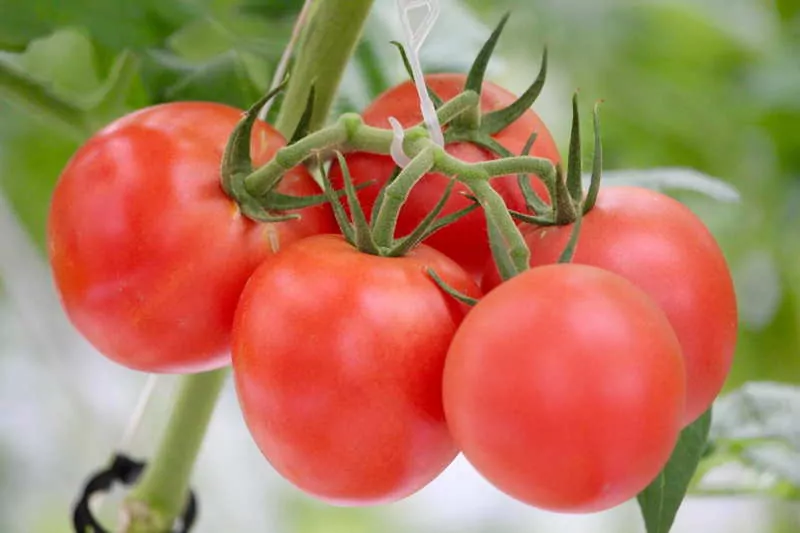When you look back over your life so far, what’s your most memorable meal?
I can tell you mine without a second thought…
And, it wasn’t that the chef got the seasoning just right. Or anything to do with the setting. Or the company.
It was back in August 2005… and coming up to lunchtime on Nicaragua’s Big Corn Island.
Just out of the water, I decided to go for something light and refreshing…
From the options on the beach-bar menu, “tomato salad” sounded perfect.
It didn’t bother me waiting the half-hour for this meal to be prepared. My friend and I sipped our beers, looking out over the Caribbean.
And then it came…
A 12-inch white plate…
Covered with carefully-placed wedges of fresh beefsteak tomato…
And nothing else.
Not the trace of a herb… a leaf of lettuce… a slice of onion.
Tomato salad… the most literal dish of my life.
I’d never eaten so much tomato in one sitting. (Or will again.)
Of course, in the Western world, the tomato is rarely the cornerstone of our meal. We take it for granted. Even in these lockdown days, I’ve had no trouble finding either tinned tomatoes in the supermarket or fresh tomatoes on the vine from our greengrocer.
But in other parts of the world, it’s a different story… a story that can mean significant profits to you…
Tomatoes are tricky to grow in places where the temperature is too high. And, even when you can produce them, it’s an ongoing battle to fight off pests.
This is the case in Thailand.
Thailand doesn’t have the best conditions for growing tomatoes. The offerings the local farmers manage to produce are small and low quality.
Meantime, the expansion of Thailand’s middle class, along with Bangkok’s rise as a major tourist destination, is fuelling the demand for both a greater quantity of tomatoes and a higher quality.
Hotels, restaurants, and supermarkets want to respond to this need… without the hefty cost of importing produce…
One British developer—with over 30 years’ experience working in developing markets—is providing the solution…
His hydroponic farming systems are not dependent on the weather. His tomato varieties are grown in a safe, controlled greenhouse environment where a team of scientists monitors the systems to ensure optimal conditions.
With this advanced system, it’s also easier to produce a chemical-free crop… without the pesticides most traditional farmers depend on.
This means multiple harvests a year of safe, high-quality tomatoes… translating into a healthy cash flow for an investor like you. (More about that in a moment.)
Again, our developer, Andrew, is operating in a market where demand far outstrips supply. He’s working hard to keep up with demand… and, in return, getting a premium price for his superior product…
Now, how can you get a slice of the action?
These hydroponic systems operate in greenhouses. You, as the investor, become the owner of a greenhouse… and all the profits that come from that greenhouse’s produce.
One greenhouse, with 450 buckets, can produce over 7,000 kilos of tomatoes a year. (That’s a lot of tomato salads.)
Starting in year 2, you can expect a payout of more than US$9,000. That payout rises every year… to give you a projected total of US$184,859 over 20 years… which amounts to an annualized return of 15.3%.
Of course, once you secure your own greenhouse, you won’t have to lift a finger to see these profits. Everything will be taken care of by the on-site farm management team.
Remember, no matter what’s going on in the world right now… and no matter what’s coming down the line… we all have to eat. That’s not going to change.
Getting in on a turn-key food farming opportunity like this is a long-term play.
Agriculture can handle some bumps in the market… but still allow you profit over a project’s lifetime…
In this case, to the tune of US$184,859.
Lynn Mulvihill

